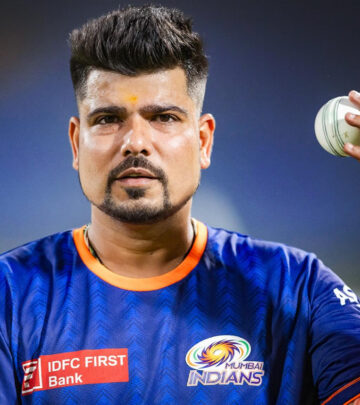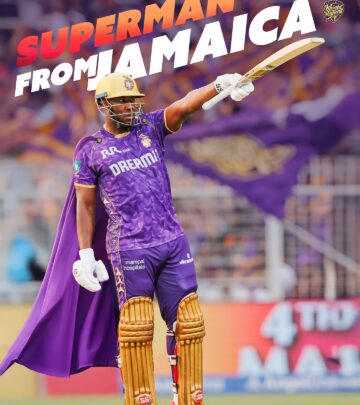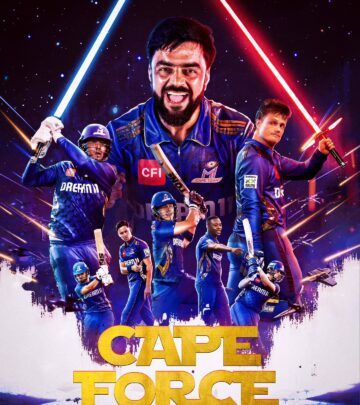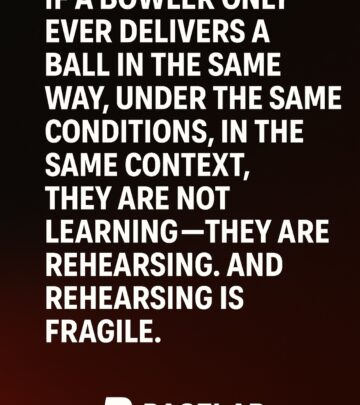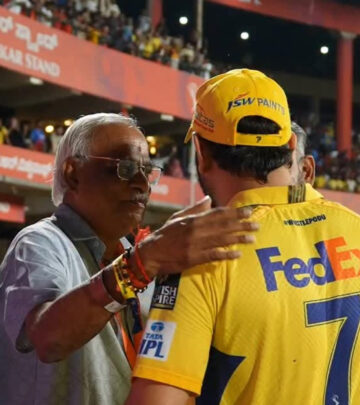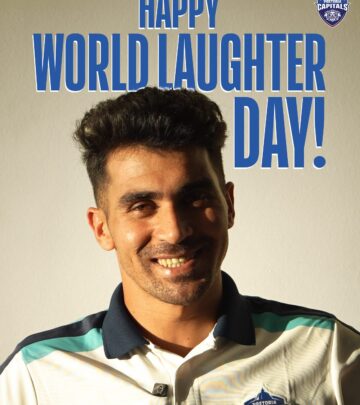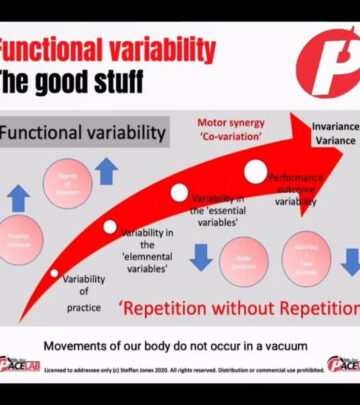Reassessing Fast Bowling: Variability Over Repeatability
Variability beats robotic drills in fast bowling mastery cutting injury curbs stagnation.!
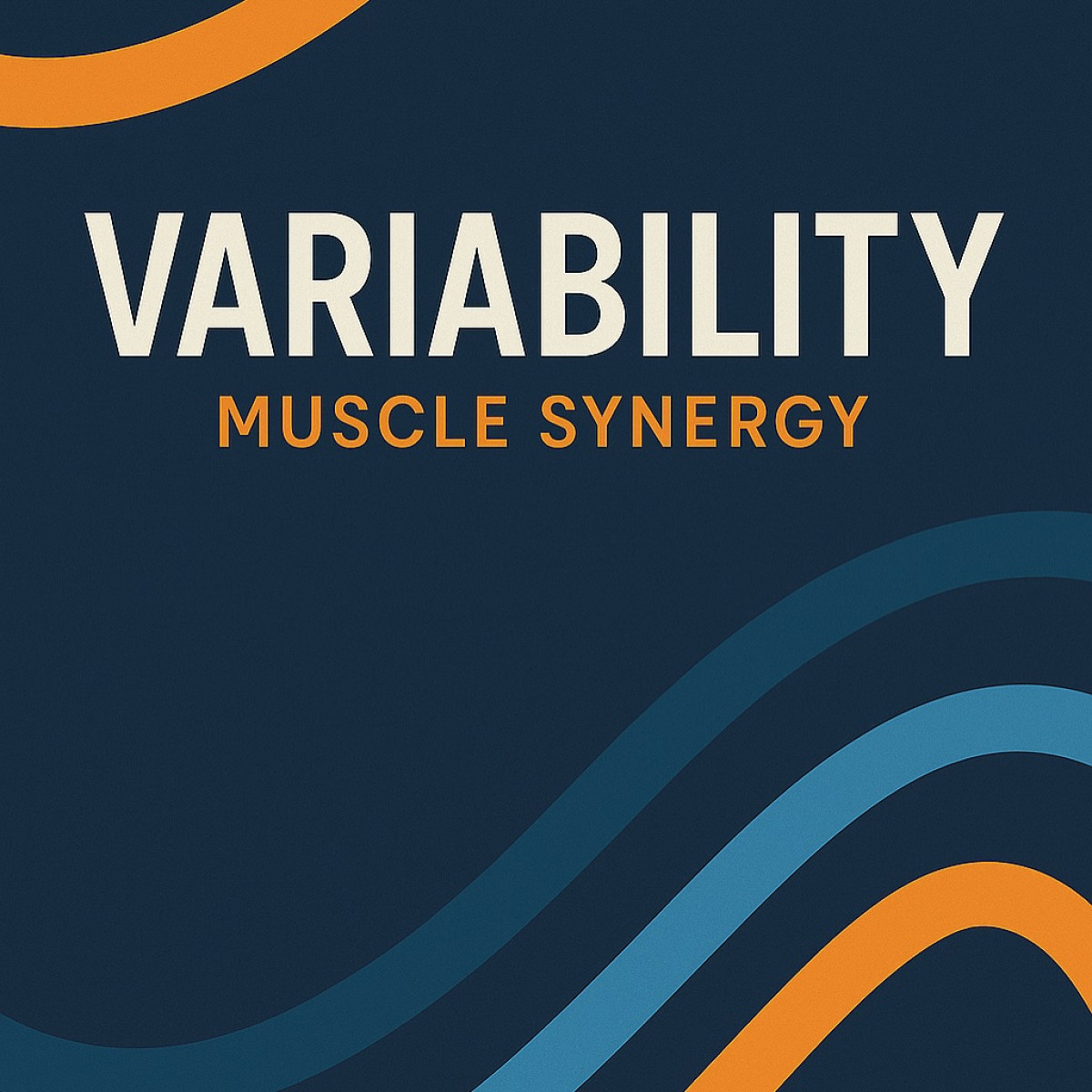
Image: Instagram
Fast bowling is an art — and a science. In recent discussions, Steffan Jones, renowned for his innovative coaching approach, has challenged conventional wisdom in skill-based sports. At the heart of his argument is a simple yet radical idea: it isn’t enough to chase consistency through robotic repeatability. Instead, coaches and athletes must embrace variability to truly improve performance and prevent injury.
The Consistency Conundrum
In the world of fast bowling, the call for consistency is a constant refrain. Conventional coaching drills rely heavily on repetition: bowlers are encouraged to groove their actions as if on an assembly line. As noted in a recent post by Jones, “in sport, particularly in skill-dominant disciplines like fast bowling, the cry for consistency often morphs into a misguided obsession with repeatability.” This approach treats repetitive drills—often executed in sterile, non-game-like environments—as the panacea for achieving excellence. However, such mechanical repetition can lead to fragility, higher injury risk, poor skill transfer in game situations, and overall stagnation.
The Role Of Variability
Jones emphasizes that repeatability without adaptability is a dangerous road. In fast bowling, subtle variations in technique can be the difference between effective performance and injury. He argues that coaches and athletes alike should not fear variability—in fact, variability is essential for developing the necessary motor learning skills that translate to in-game success. As described in his original commentary, the obsession with preserving a static technique may actually hinder the bowler’s ability to adapt under pressure. A related Instagram post highlights his belief: “Coaches should aim for repeatable outcomes, not repeatable movements. Cricket doesn’t reward sameness—it rewards effective adaptation under chaos.” This perspective reinforces the view that flexibility in technique ensures that bowlers can adjust their mechanics in response to dynamic match conditions.
A New Coaching Paradigm
Drawing from modern theories on motor learning, sports science, and biomechanics, Jones champions a training model that balances consistency with variability. His approach is encapsulated in the Pacelab Principles, an initiative that promotes individualized coaching strategies. Rather than clinging to drills that enforce a single, rigid movement pattern, Jones advocates for a more nuanced training regimen—one that encourages fast bowlers to explore slight modifications in their technique. This method not only helps in transferring skills to real-game scenarios but also reduces the risk of repetitive stress injuries.
Steffan Jones, whose career is documented on widely recognized sources, has established himself as an influential figure in fast bowling coaching. His work stresses the importance of understanding an athlete’s unique attributes rather than opting for a one-size-fits-all solution. Jones’s innovative method—exemplified in his Pacelab Hybrid techniques and coaching sessions in the UK—has gained traction among fast bowlers worldwide. An Instagram update from his account referenced his recent achievements: a significant pace gain achieved over six weeks using a tailored training session that broke from conventional repetitive drills. The success stories from his training camps in the South West of England further reinforce his message: adaptability can unlock untapped performance potential.
Learning From Experience
Historical examples from sports further highlight the flaw in relying solely on repetition. Many elite bowlers have discovered that while a consistent training schedule is necessary, training in varied contexts can foster better decision-making and performance under the unpredictable conditions of a live match. This perspective is echoed in a series of related posts where Jones shares insights into how variability not only prevents injuries but also enhances a bowler’s tactical acumen. The underlying principle is simple: overemphasis on repetition can create an illusion of control while stifling the natural adaptation processes that are crucial for real-world performance.
Integrating Science And Coaching
Modern sports science supports Jones’s stance. Research in motor learning consistently shows that varied practice conditions promote a deeper level of skill retention and transferability. This is particularly relevant in fast bowling, where precise timing, coordination, and the ability to respond to diverse match scenarios are paramount. Coaches are now rethinking traditional drills to integrate elements that mimic game chaos, thereby training athletes not only to repeat a movement but to adjust it as required.
Jones’s coaching philosophy—steeped in the Pacelab Principles—challenges the status quo. Instead of viewing variability as a disruption, he positions it as the key to resilience and adaptability. His message to both coaches and athletes is clear: fear the illusion of mastery that comes from sterile repetition. True mastery is achieved when consistency is combined with the flexibility to adapt in the face of changing conditions.
Conclusion
In fast bowling, as in many skill-driven sports, the debate between consistency and variability is far from settled. Steffan Jones’s call to reexamine the role of repetitive drills invites coaches and athletes to consider a more balanced approach—one that prizes adaptability over mechanical repeatability. By integrating variability into training, bowlers can reduce injury risk and improve in-game performance, ultimately paving the road to long-term success. The shift from repetition to adaptive mastery marks a new era in fast bowling, one that promises not only improved performance but also a more sustainable athletic career.
Read full bio of Joyce



